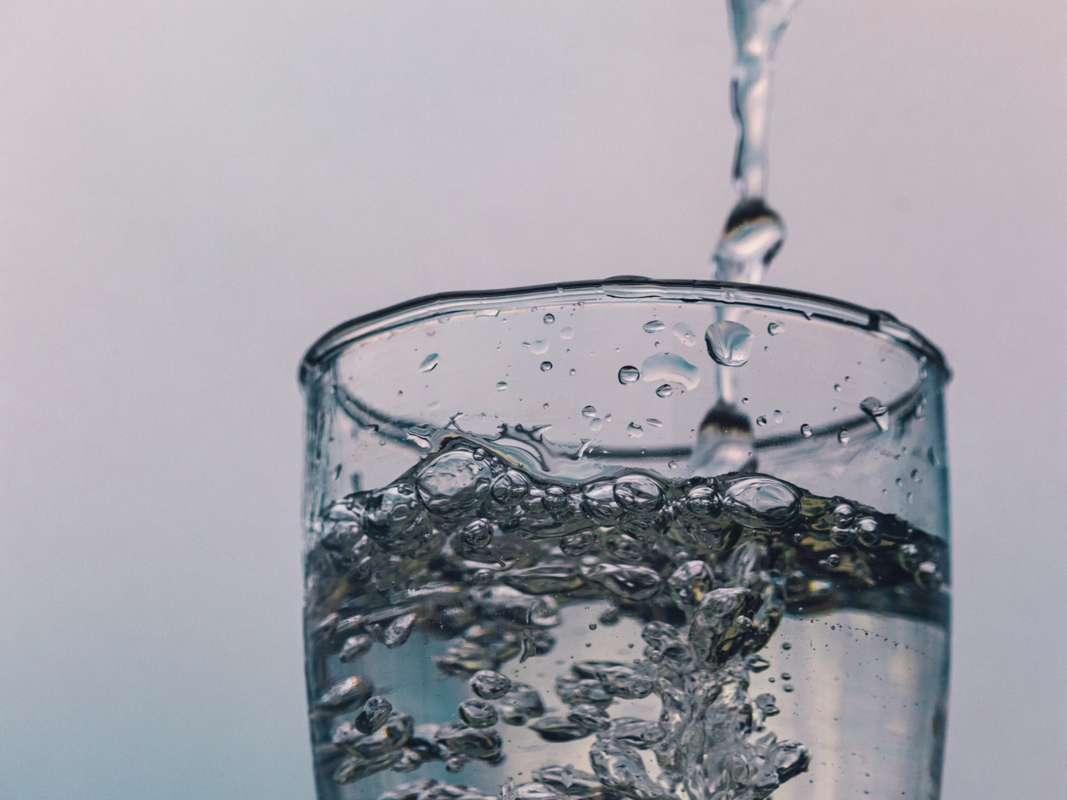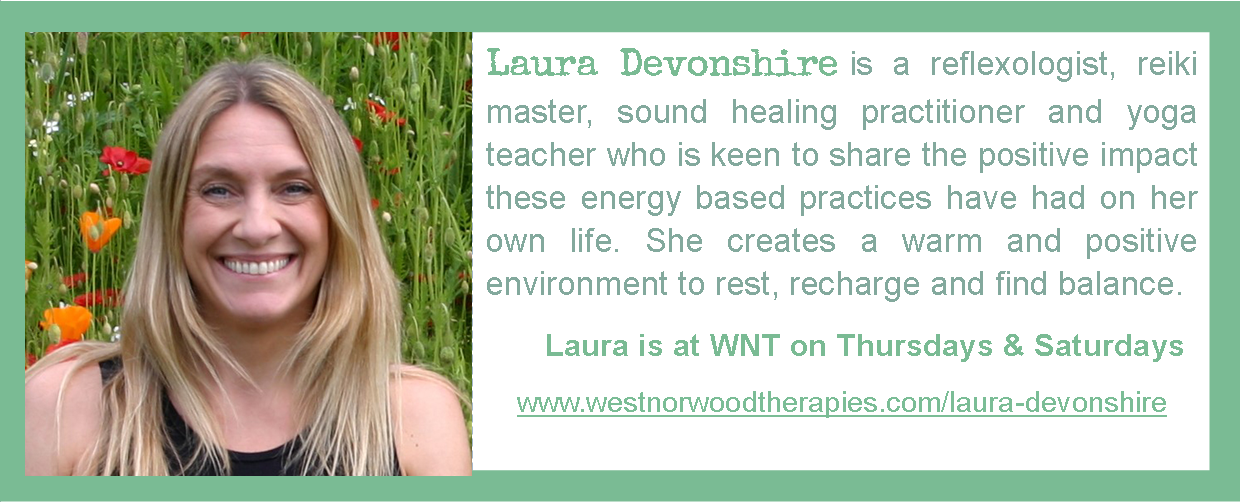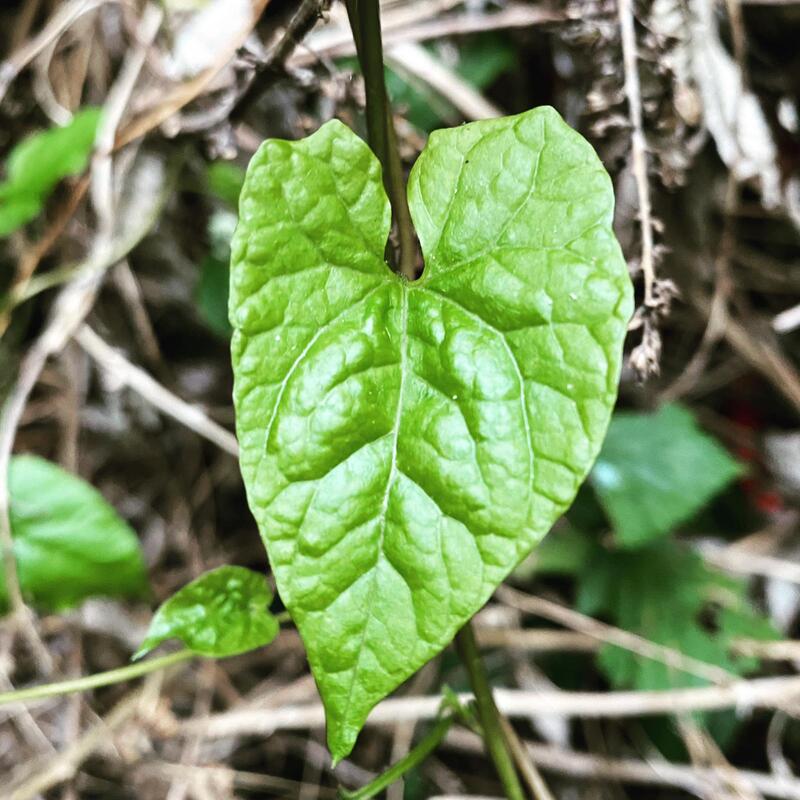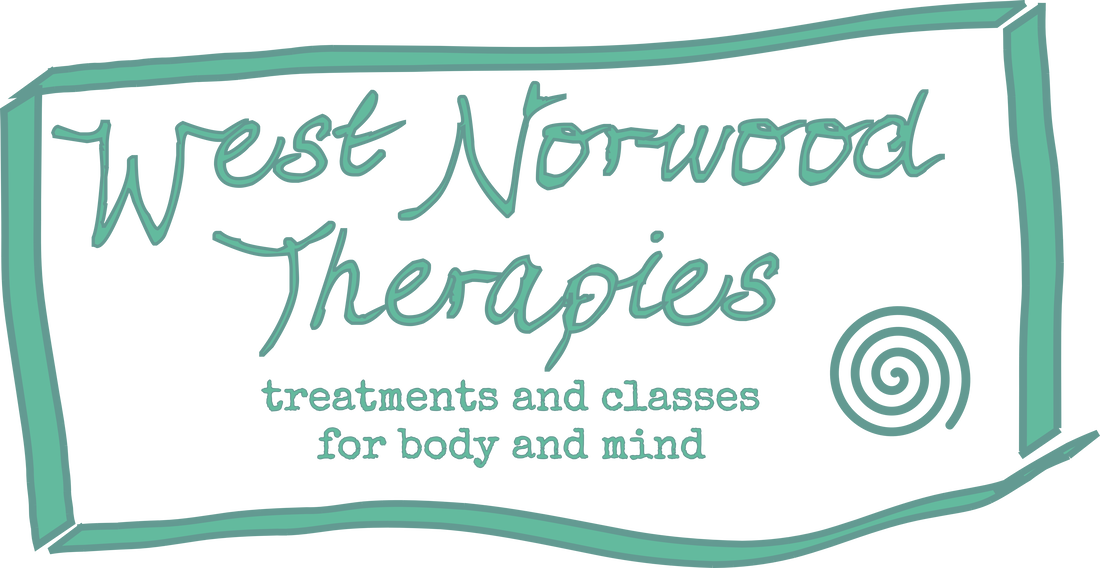|
Reflexologist and reiki practitioner Laura Devonshire looks at hydration - why it is so important, what it can affect and how much and what we should be drinking to keep hydrated. It’s summer (hurrah!) and this season’s theme at West Norwood Therapies is water. I have been exploring water and the human body and why hydration is so critical. Water is essential for life and for our bodies to function optimally. On average water makes up around 60% of body weight in men and 50-55% in women (this can vary depending on age and body composition). Drinking enough water each day is essential for the function of all the cells in the body, it helps us to: regulate body temperature, keep eyes and joints lubricated, helping to rid waste and transport nutrients, helps convert food into energy, protects the nervous system, prevents infection, and keeps organs functioning properly. Some organs contain much more water than others and I found it staggering to learn that the brain and kidneys possess the highest percentage of water: a whopping 80-85%, followed by the heart and lungs 75-80%, muscles, the liver and skin are 70-75%, blood is 50%, bones are 20-25% and lastly teeth at 8-10%. This helps to put into context how dehydration can have so many symptoms and consequences. The current UK recommendation is to drink 6-8 glasses of fluid per day, more specific recommendations about the quantity needed at different ages are shown below: (provided by the European Food Safety Authority (EFSA): The EFSA assume that 20% of fluid intake comes from food and 80% comes from drinks.
It is also important to note that doing strenuous activity or living in hotter or more humid climates may need more than the above. The body works hard to find balance and drinking too little or too much water can have severe consequences. The warning signs of dehydration include:
As mentioned above the brain contains 85% water, dehydration can also impact on cognitive function with difficulty in concentrating, impacting mood making us prone to feeling angry, anxious, and irritated. It’s important to note that on the flip side at the extreme end of consuming too much water, can lead to hyponatraemia, a very serious condition that causes extremely low sodium levels in the blood. It is more common for people to suffer with the symptoms of dehydration. The best way to avoid dehydration is to keep track of how much fluid you drink and drink water throughout the day. It’s ideal to avoid excessive caffeine drinks as they have a diuretic effect on the body, as does alcohol. Of course, I am not staying to cut them out but to just be mindful of intake and ensure you’re having an adequate water intake too. If you have been unwell with a fever or diarrhoea, playing sports or have been sweating a lot in high temperatures: drinking coconut water or a sports drink or rehydration drink can help to replenish your electrolytes and essential salts and minerals. Swap sugary drinks for sugar-free or no added sugar and dilute squash drinks to reduce the sugar content. If you don’t like the taste of water you can try sparkling water or try adding a slice of lemon or lime, some berries or cucumber.
0 Comments
April is Stress Awareness Month and our pro de-stresser Laura shares some information about different aspects of stress and how it can impact us with some suggestions as to how you can support yourself in times of undue stress and strain Stress is the body's reaction to feeling threatened or under pressure. It affects everyone, of all ages, in different ways and is an unavoidable part of life. According to the Mental health Foundation 74% of UK adults have felt so stressed at some point over the last year they felt overwhelmed or unable to cope. When we think of the word stress it usually comes with a negative bias, however, stress isn’t always a bad thing. It makes me think of the Goldilocks Principle: too hot, too cold and just right…
Eustress is defined as a positive form of stress. It has a beneficial effect on health, motivation, performance, and emotional well-being. It is perceived as being within our coping abilities, feels exciting and is short-term. Distress is defined as a negative form of stress having a detrimental impact on health and wellbeing. It triggers feelings of anxiety and overwhelm, decreases focus and motivation, contributes to mental and physical problems and can be both short and long-term. It is interesting that both expressions, eustress and distress, stem from the body’s primal reaction to stress: the Fight or Flight Response. Let’s explore this a little further… The Autonomic Nervous System (ANS) is the involuntary part of the Nervous System that regulates processes in the body that we cannot consciously influence, including: respiration, heart rate, blood pressure, digestion, metabolism, sexual response, body temperature, electrolyte balance, urination and defecation. The ANS is constantly receiving information about the body and its external environment. It sends signals from the brain and passes them on to the body and also send signals from the body to the brain via neurotransmitters. The ANS has two main divisions: Sympathetic Nervous System (SNS) aka Fight or Flight. The SNS enhances voluntary muscle activity while shutting down all non-essential functions (ie: digestion, urination). It releases a combination of hormones and chemicals including epinephrine, cortisol and norepinephrine to increase the heart rate, blood pressure and respiration, blood is diverted to the muscles, the body releases stored energy, muscular strength is increased, pupils dilate, and palms sweat. Parasympathetic Nervous System (PNS) aka Rest, Digest, Repair The PNS role is to conserve and restore. It is responsible for the bodily functions when we are at rest, slowing the heart rate and respiration, decreasing blood pressure, increasing digestion, stimulates normal peristaltic smooth muscle movement of the intestines, and increases urination. The two divisions work together to ensure that the body responds appropriately to different situations. Recognising stress: Acute vs Chronic Stress
The body is able to cope with acute, short-term stress, it is what has kept humankind alive for millions and millions of years. If we think back to our pre-historic ancestors, a classic case of a Fight-or-Flight response for a caveman would be to the imminent physical danger of sabre-toothed tiger! The stress response was triggered as a means of survival. Once the threat has gone it takes between 20 to 30 minutes for the body to return to its pre-arousal levels. In our modern world a physical fight-or-flight response can happen if jumping out the way of an oncoming vehicle or encountering a growling dog when out for a walk. We also experience the same chemical response to situational stresses: managing work commitments, juggling personal, family and friend’s needs, financial concerns, big life events, health etc…. Sometimes, the fight-or-flight response is overactive and the body stays in a prolonged and consistent state of stress. Chronic stress happens when the body is constantly reacting to stress and is not fully able to recover. Prolonged exposure to fight or flight responses (high cortisol, epinephrine and norepinephrine) take their toll on the body and can lead to a number of serious problems, including: burn-out, exhaustion, lowering immunity and experiencing an increase in colds and infections, gastrointestinal problems, cardiovascular disease, menstruation problems, sexual dysfunction and mental health problems with anxiety, depression and panic attacks and a number of other conditions. What can we do about it? Stress looks different to each person so it’s really helpful to be aware of your own stress triggers and how you respond to them. Knowing and recognising your own triggers and behaviours is really powerful so you are able to identify them as they happen, by doing so you can then choose how you want to respond in that moment. How can I help myself?
References: The Autonomic Nervous System https://www.msdmanuals.com/en-gb/home/brain,-spinal-cord,-and-nerve-disorders/autonomic-nervous-system-disorders/overview-of-the-autonomic-nervous-system Sympathetic Nervous System https://biologydictionary.net/sympathetic-nervous-system/ Stress Symptoms https://www.webmd.com/balance/stress-management/stress-symptoms-effects_of-stress-on-the-body The Stress Response https://www.visiblebody.com/blog/the-endocrine-system-the-adrenal-glands-and-the-stress-response Reflexologist, reiki and sound healing practitioner Laura Devonshire looks at the various aspects that comprise holistic wellness What is Holistic Wellness?
The word ‘Holistic’ derives from ‘Holism’, with Greek roots ‘Holos’, meaning whole, complete, entire. Holistic Wellness is looking at a number of elements relating to a person and their way of life that contribute to them feeling at their most optimal. Each of these parts are intimately connected and if one part is out of balance it has an impact on all the other parts. Therefore, we cannot only focus on one part in isolation, we must consider all parts to have a full picture and understanding of how a person is. Below are 5 aspects that contribute to our whole way of being: Physical Wellbeing – this relates to our body and its associated systems functioning optimally. For this to happen we consider a number of influences: the foods we eat and a balanced diet, the amount of, and quality of sleep we have, keeping hydrated and daily exercise/movement. They all play a huge part in contributing to our physical energy levels and how our bodies cope and respond to daily demands, medical conditions and dis-ease. Mental Wellbeing - an optimal state of mental wellbeing does not mean an absence of stress but more one’s ability to process and juggle the events of day to day life. Our mental wellbeing changes and we can experience highs and lows, it can change daily, weekly, monthly, even hourly depending on our life experiences. When we feel in balance and flow, we make healthy choices, maintain healthy boundaries and are able to be fully present in the moment. Emotional Wellbeing - our sense of self, our self-esteem and how we think, feel and relate to ourselves and others. It is being able to recognise, feel and process our full range of emotions: joy, anger, stress, sadness etc... and our ability to communicate them with others. Our emotional wellbeing includes developing emotional resilience to be able to adapt and cope with changing situations. Our emotional wellbeing is intimately connected to our mental and physical wellbeing, it is estimated that 75% of illnesses are caused by stress. Spiritual Wellbeing - an aspect that will look different for each person as it’s such a personal part of one’s overall wellness. Spiritual health relates to our sense of life-meaning and purpose and how we experience and integrate this into our lives. Taking time to do the things that ‘light your fire’, finding the things that inspire you and make you ‘feel alive’. It may mean taking time to sit quietly in contemplation, having a mindfulness practice. Or conversely could be more dynamic and involve activities like dancing or singing. Spending time in nature can be really soothing for the soul and cultivating a sense of being connected to something greater than ourselves. Social Wellbeing - relates to the connections we have with other people. This can be with family, friends, community, common interest groups ie: social, work, sports, spiritual, religious etc... Overall as human beings we are wired for connection, however, one person may thrive in small intimate settings whilst another may thrive in larger groups. Having connections where you feel supported, heard and held can have a significant impact on our overall wellbeing. We can see how each of the above parts has a significant impact on how we feel on a day to day basis and how they continually interact and overlap: How we think and feel affects us physically. What we eat affects us mentally and emotionally. How we move and how we socialise affects how we feel. So although we have broken the whole down into parts to explore different aspects of the whole, they each contribute to the whole and also each reflect the whole. As we understand each aspect of ourselves and what does/does not work for us we can implement appropriate self-care practices to support each aspect of our lives. Sometimes we develop an image of how we are and what we are like and don’t allow ourselves to explore other possibilities. Acknowledging that on different days and at different times in our lives we may need different things and giving ourselves space to explore and room for change. Taking an holistic approach to your wellbeing does not replace medical advice or treatment when it is needed, but regardless of any existing health issues it can be really beneficial in supporting your current and future health and wellbeing. |
AuthorBlogs from the WNT team. For our blogs from before June 2020 please see individual profile pages - it's a good way to get to know practitioners too. Archives
June 2024
Categories
All
|
|
Visit us - by appointment only please - in the office block in the Access Self Storage premises at 443 Norwood Road, London, SE27 9DQ
[email protected] Phone - please contact practitioners directly, or if not in a rush you can leave a message for us to call you back at 07931876931. |






 RSS Feed
RSS Feed
